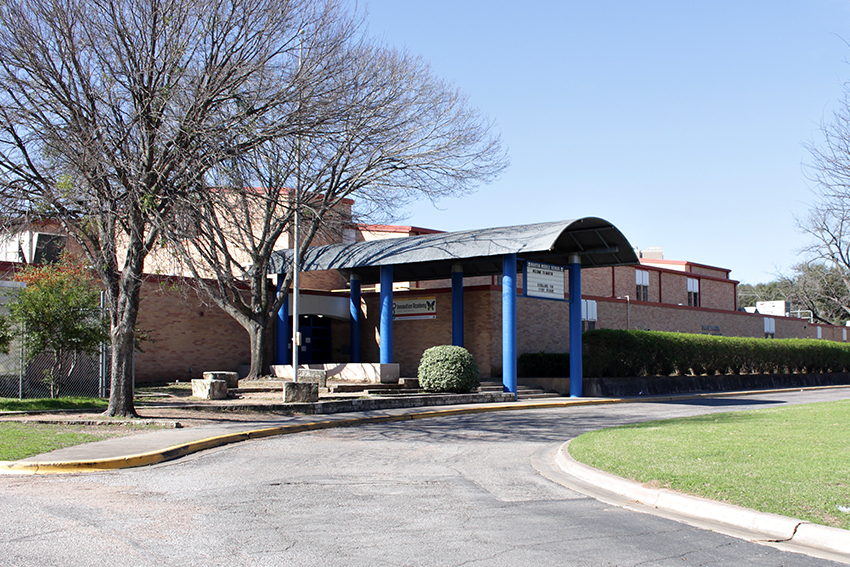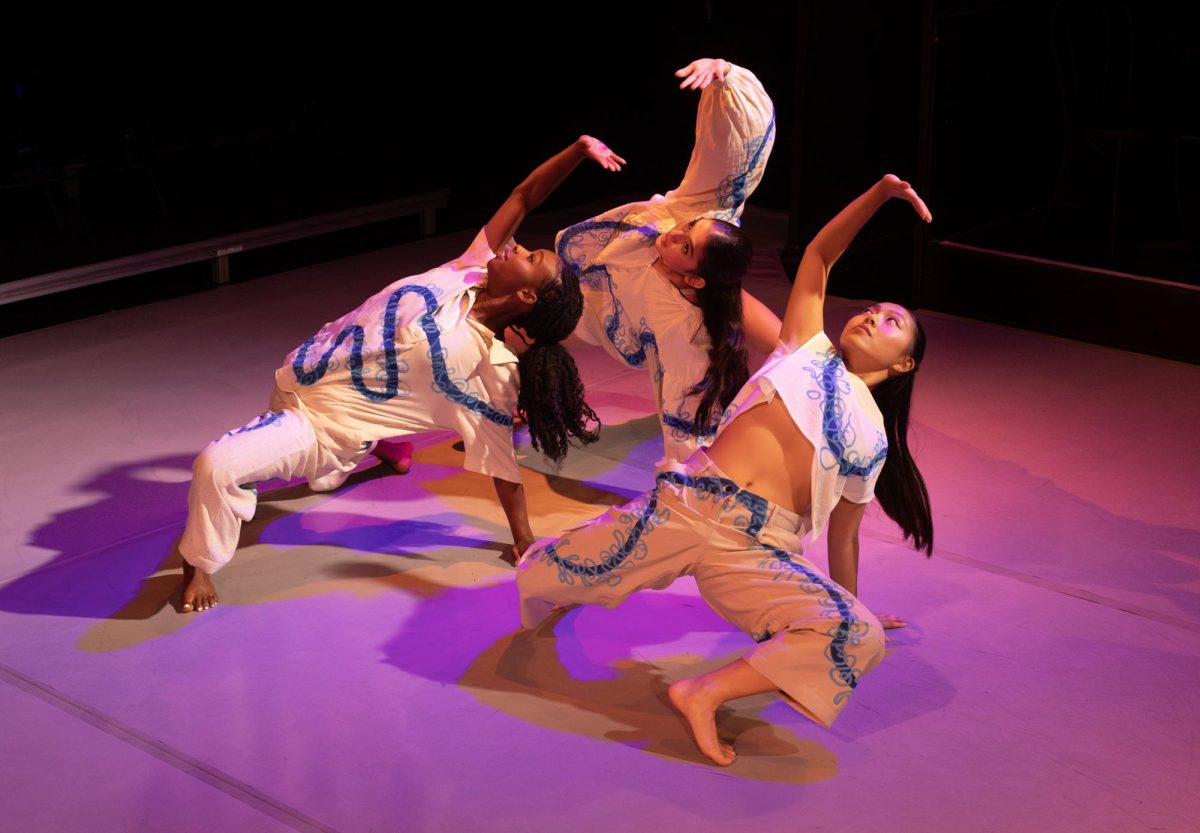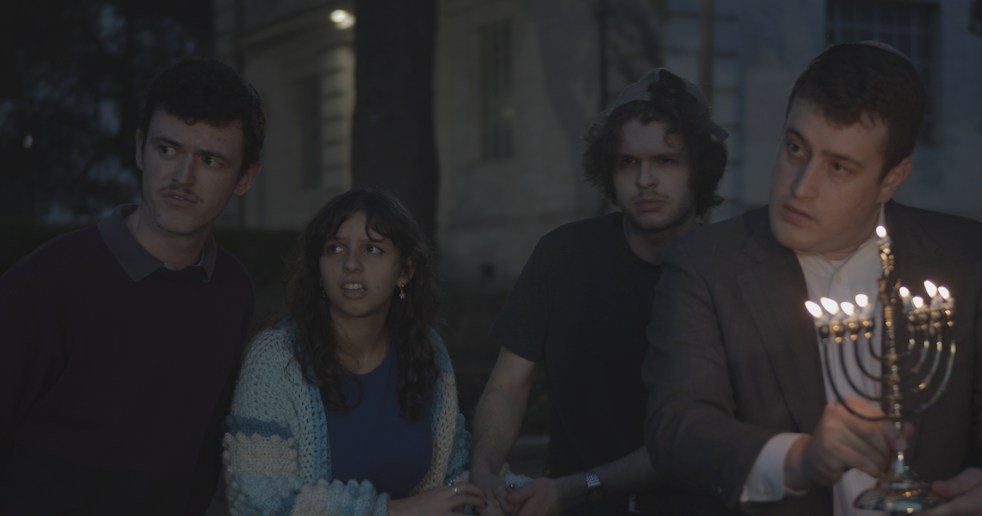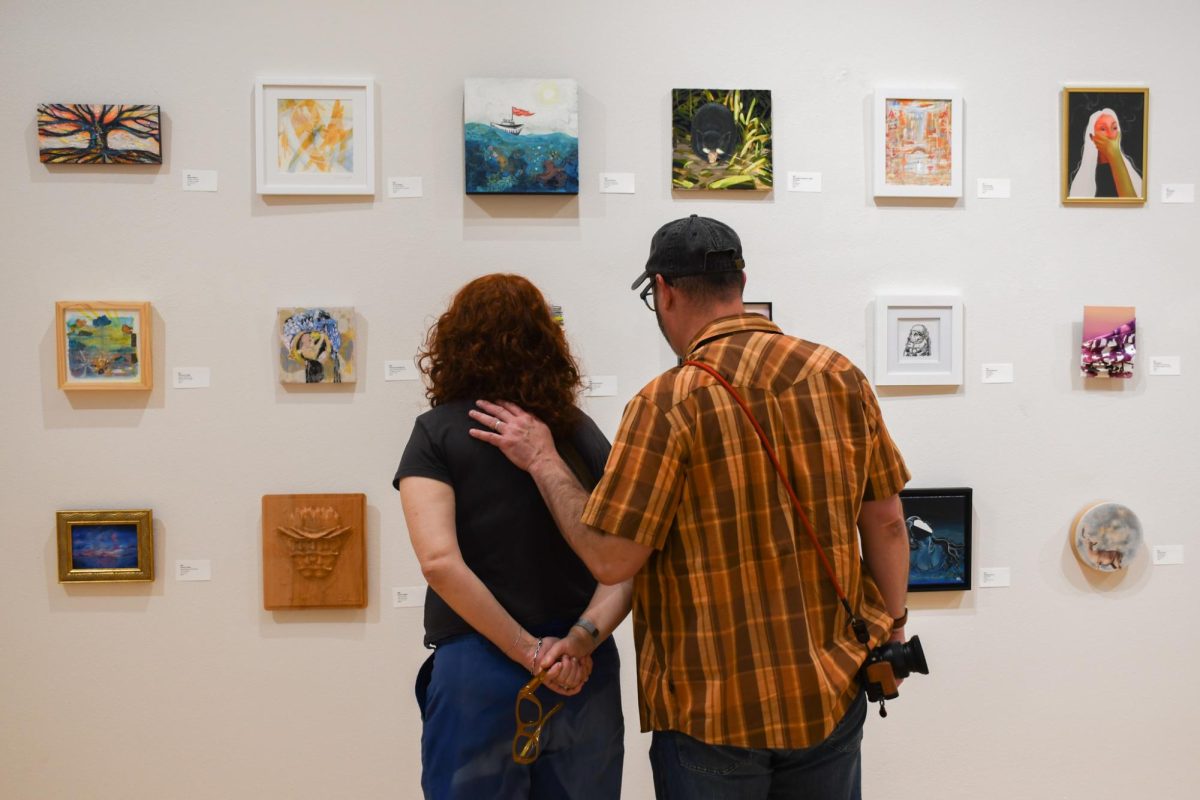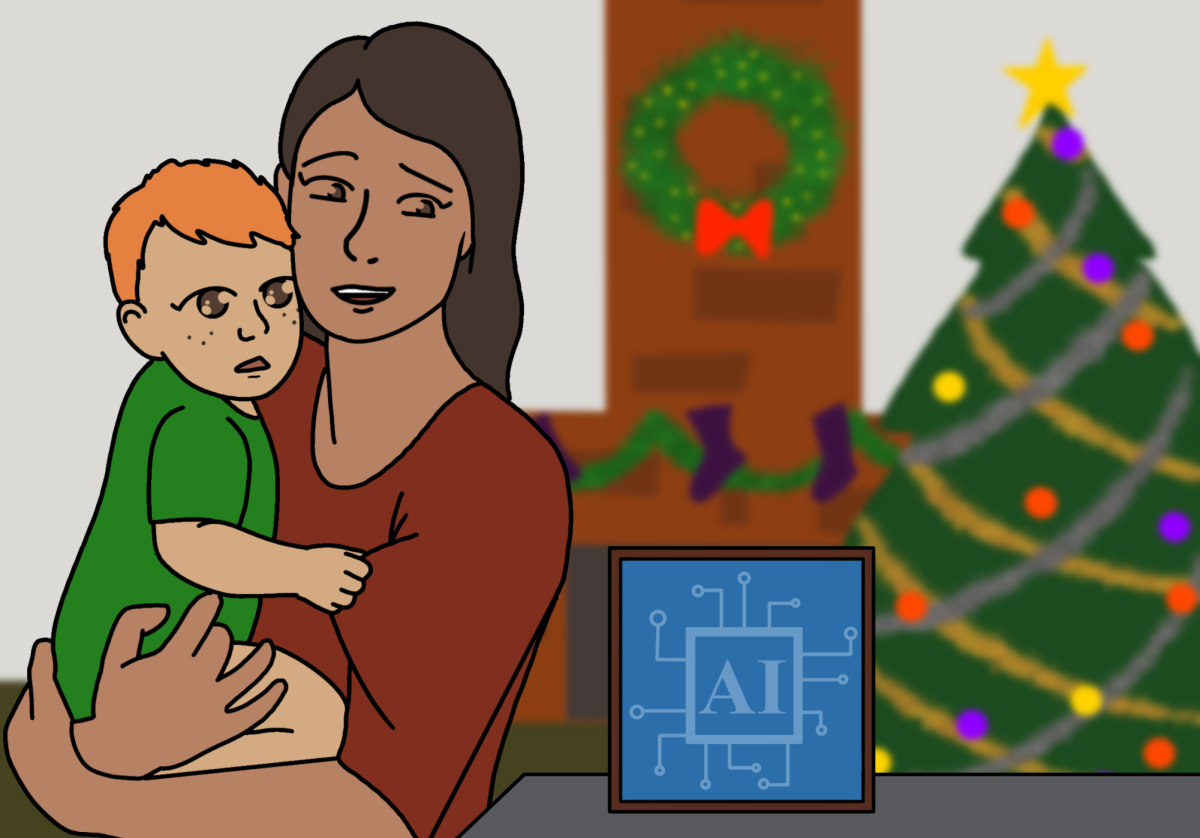In the heart of the ongoing fight for public schools, and against gentrification, in East Austin is an inconspicuous, small brown brick middle school.
Located in a historically rich and culturally vibrant neighborhood, Sam L. Martin Middle School is emblematic of community resistance and future progress. With a 21 percent special needs population and majority low-income student body, the school has been especially vulnerable to the effects of gentrification. Martin faces low enrollment rates, decreased funding and the possibility of permanent closure.
“Either people really know and have a strong, positive opinion and feeling towards Martin, or they’ve never heard of it at all,” said Jamie Haynes, current Martin tutor, UT almunus and former teacher and department head. “Martin has been a stabilizing force in the community just because it hasn’t changed; in the last 50 years it’s been here.”
Vincent Tovar, an East Austin community activist, said he feels part of the problem can be attributed to the lack of aligned planning between the city and Austin Independent School District to promote public schools.
“The city of Austin isn’t really helping out, recognizing the history of our community, trying to preserve not only the community’s history, and the school’s histories,” Tovar said. “We see that families that have lived in this community for decades, for generations, can no longer afford to live here. We have to fight for a school that has already been labeled as low-performing year after year, and even when it does perform well, it has to fight that reputation.”
In addition to pressure from the city and state, the school also struggles to provide a wide range of services to its large special needs student body.
“Historically, our population of students in special ed is between 20 and 25 percent, when the district average is around 12 percent,” Haynes said. “Each one of those students has to have an individualized education plan. In order for it to really be individualized, you need to offer a full spectrum of services, and that’s very difficult to do when you have a limited budget, few teaching positions.”
Despite the challenges facing Martin, there’s still hope for the future. Haynes said he sees Martin as possibly being the epicenter for an Austin Chicano renaissance.
“(It’s) basically a cultural treasure,“ Haynes said. “(Considering) its proximity to the Mexican-American Cultural Center, the Tejano Walking Trail, the history of the neighborhood, the challenges that are going on and this kind of activist culture, students can decide for themselves how to read the world, and what to do about that.”
As UT alumni themselves, Tovar and Haynes said UT students should join in on the fight for Martin though programs like PALS peer mentoring and community activism.
“I feel like UT has a responsibility to reach out to Austin residents, especially East Austin residents,“ Tovar said. “James Baldwin puts it that we have a responsibility to educate once we’re educated. But so often we just take that education for ourselves, and we organize those who are already easy to organize, as opposed to informing and supporting those who need it most.”
Despite being the target of privatization and gentrification efforts, the community of Martin remains proud of its diverse student body.
“One of the things I’m most proud of Martin (for) is that we take every student, every family just how they are, and we embrace that difference,” Haynes said. “We don’t try to change or to have a deficit mindset. You’re here, you’re an Eagle, and we’re going to work with you and your family.”

